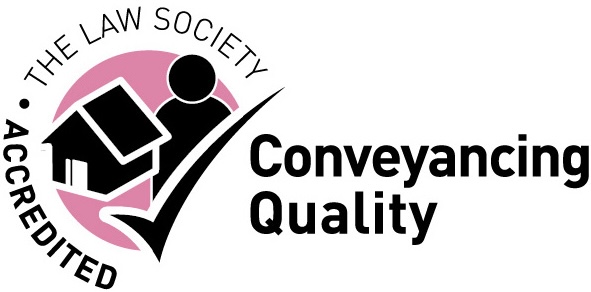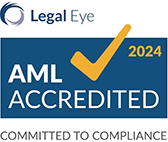A common question many people ask is, ‘how does remortgaging work’ if you are switching lenders.
If you are remortgaging, you may be wondering if you will need a solicitor. We take a look at the legal situation and the steps you will need to take to remortgage.
There are many reasons to remortgage, including:
- Switching to a fixed rate deal, with an interest rate that is set for a specified period of time
- Switching to a discounted mortgage, where the repayments are discounted by a certain percentage below the lender’s standard variable rate for a set period
- Switching to a tracker mortgage, where the interest rate tracks the Bank of England base rate for a set period
- Borrowing more money, for example, to pay for work to the property
- Reducing the amount you are borrowing
- Changing from an interest-only mortgage to a repayment mortgage or vice versa
- Changing the length of your mortgage term
Unless you are staying with your existing lender, you will need to instruct a solicitor to deal with your remortgage. This is because your new lender will need due diligence work carried out to establish that the property is good security for their loan.
If you are transferring your property, either from your sole name into joint names or from joint names to your sole name, your solicitor can also deal with this at the same time as the remortgage.
How does remortgaging work? What are the steps?
To better understand the common question ‘how does remortgaging work’, it’s important to know what steps are involved.
Once you have decided to remortgage, you can instruct a solicitor. You will be given the initial forms for completion, including a property information form.
If you ask us to represent you, we will verify your identity, which is a legal requirement for both your solicitor and your mortgage lender.
We will obtain your title deeds and ask the Land Registry to supply an up to date copy of the legal title to your property.
Your new lender may want searches carried out, which we will do, or they may be happy to have indemnity insurance put in place instead, which we can arrange where necessary.
We will ask your existing lender to provide a redemption statement to give you an idea of the amount they will need to pay off your current mortgage. You should be aware that they may charge a penalty if you redeem your mortgage during a discounted period.
Once we receive your new mortgage offer, we will go through the conditions with you to check that you are happy with them. You can then sign the mortgage deed in readiness for completion.
When we have all of the information needed by your new lender, we will report to them on your property and completion can be arranged.
We will obtain a redemption statement from your existing lender calculated to the date of completion and let you have a breakdown of the amount to be paid to you or, alternatively, the amount we will need from you in cleared funds in order to complete.
On the day of completion, we will arrange for your existing mortgage to be redeemed and account to you for any balance.
Once your old lender redeems your mortgage with them, we will arrange for the Land Registry to remove this from the register and ask them to register your new mortgage in its place.
Contact us
Now that you know the answer to ‘how does remortgaging work’, it’s time to consult with an expert solicitor.
If you would like to speak to one of our expert property lawyers, ring us on 0333 3055 189 or email us at info@lpropertylawyers.co.uk


